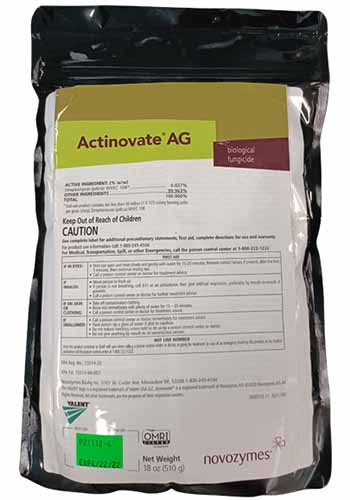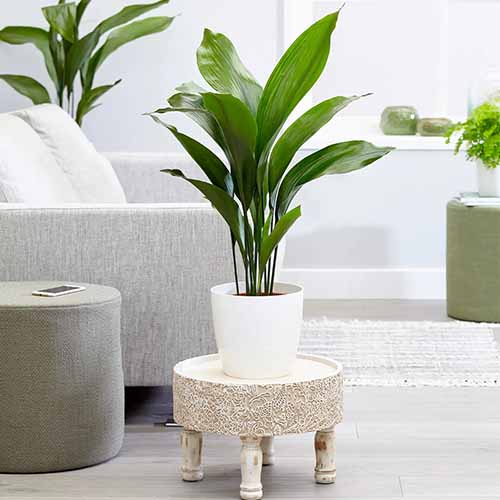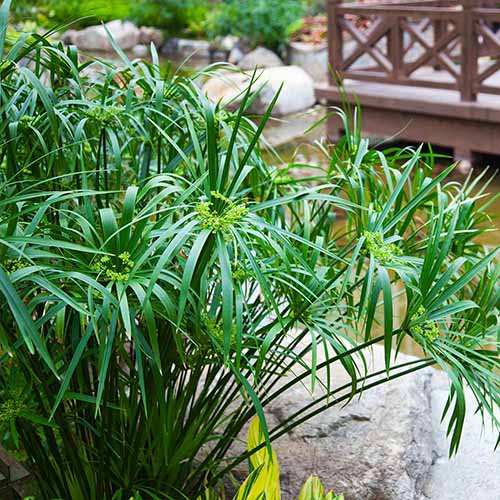Has your beforehand perky, lush, and inexperienced houseplant out of the blue turned sickly yellow and droopy, or are there brown areas on the foliage and dropping leaves?
Root rot is a typical downside in houseplants. On account of they’re grown in such small environments as in contrast with what they’d expertise in nature, they’re way more delicate to extremes akin to an excessive amount of water. And an excessive amount of water is a direct function behind root rot.
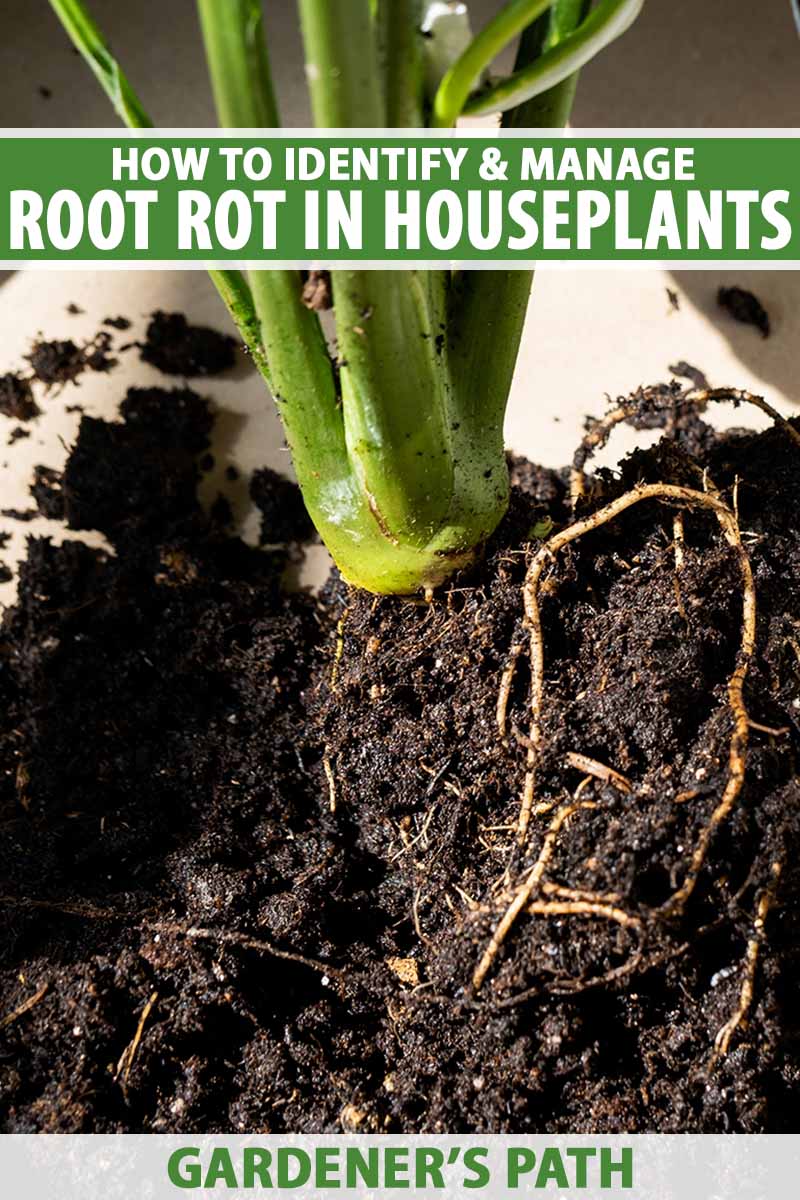

We hyperlink to distributors which will allow you to uncover related merchandise. In case you purchase from positively thought-about one among our hyperlinks, we might earn a cost.
Almost any species is inclined to root rot, although some are additional resilient than others.
Arising, we’ll allow you to determine in case your plant has root rot and what to do about it.
Correct proper right here’s what I’ll cowl:
Managing Root Rot in Houseplants
Before we work out uncover methods to determine it, let’s focus on what causes root rot.
Causes of Root Rot
There are two most important causes of root rot. The primary is an abiotic state of affairs when there is also reasonably lots water contained in the soil that the roots really drown.
When the soil is oversaturated, the roots aren’t able to entry sufficient oxygen, they typically begin to flip tender and mushy. Equal to a distinct creature when it’s disadvantaged of oxygen – the plant begins to die.
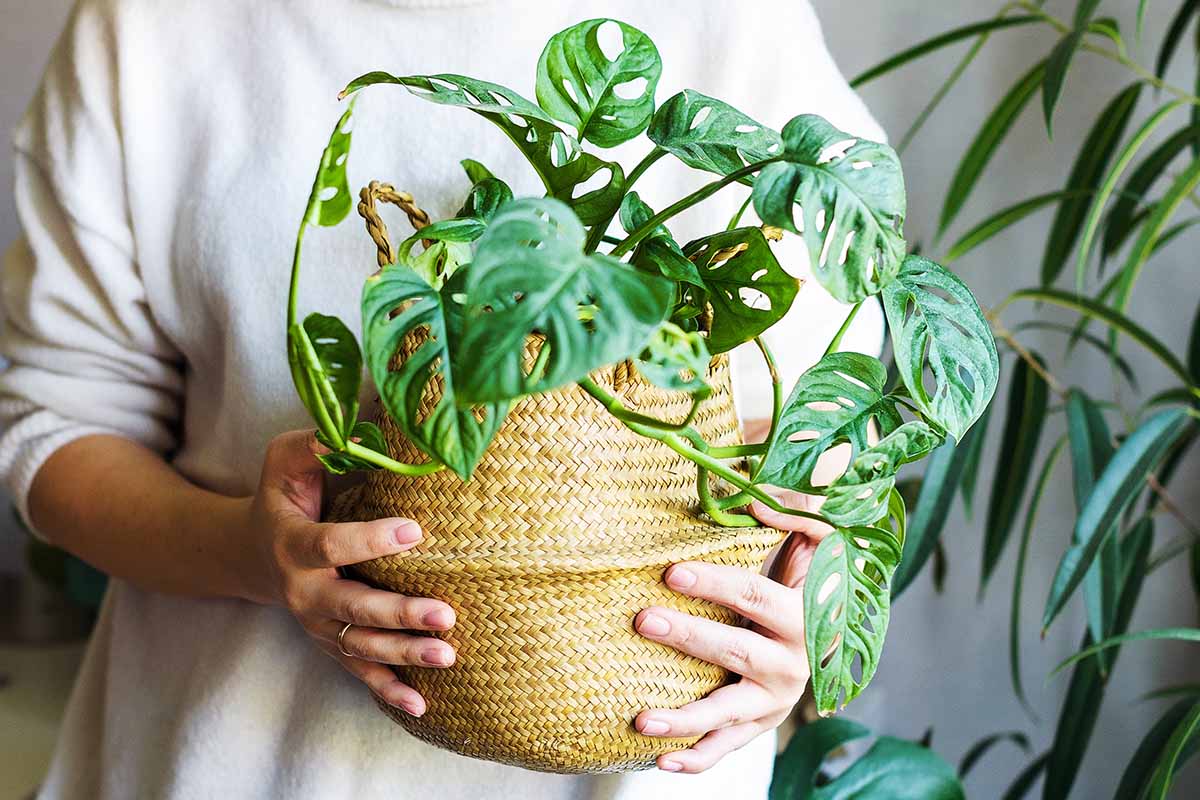

Along with, there are fairly a number of totally utterly completely different fungi and water molds (oomycetes) which is able to set off the issue, however Fusarium spp., Pythium spp., Phytophthora spp., Rhizoctonia spp. are the commonest and assault the broadest fluctuate of crops.
All of those pathogens thrive in excessive moisture and could also be unfold through water, in contaminated soil, on contaminated units, and by bugs, significantly aphids. The pathogens enter the plant through broken vascular tissue.
The pathogens aren’t airborne, however if in case you’ve got gotten a moist residence or rising space, they’ll unfold by way of the water droplets contained in the air.
Indicators
The indications of this illness can differ relying on the species affected. Nonetheless on the whole, you’ll see yellowing leaves, brown patches on the foliage, dropping leaves, and stunted progress.
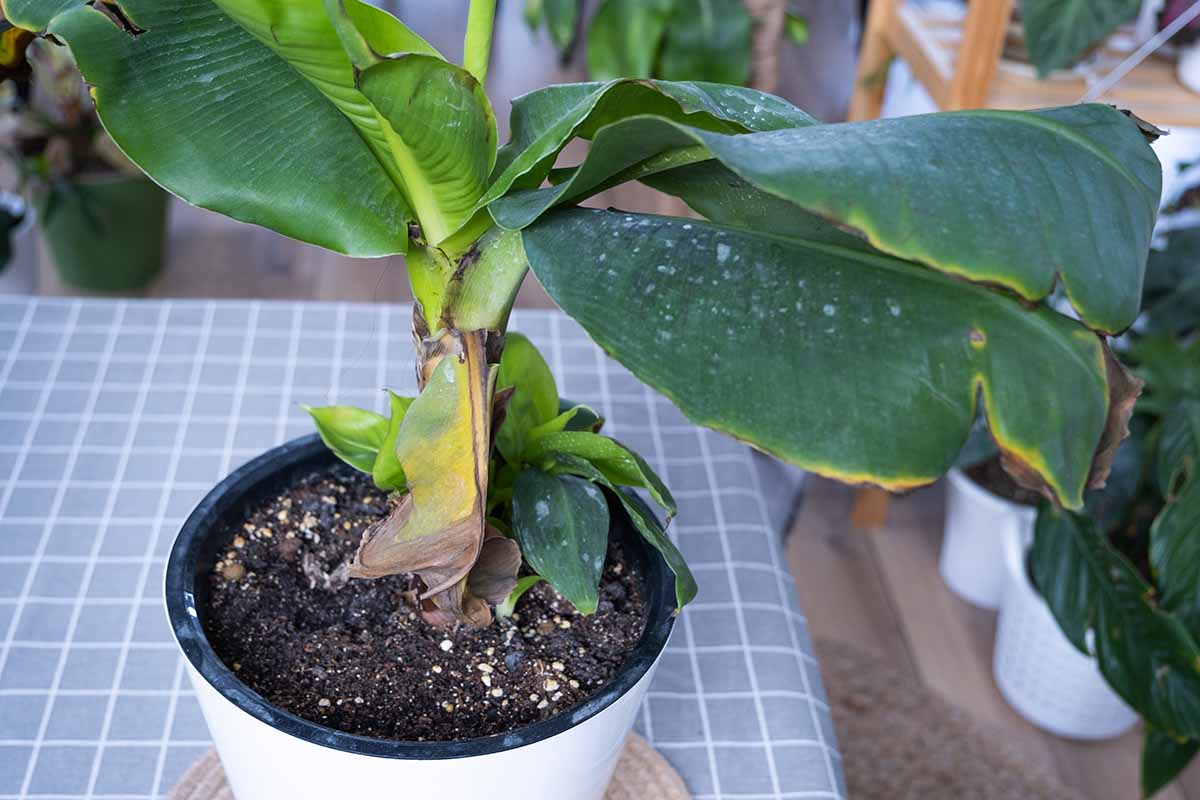

The plant is extra more likely to be wilting although the soil feels adequately moist.
The best strategies to inform if the illness is current is to take away the houseplant from its container and examine the roots.
You’ll typically see brown, black, darkish, soggy roots. Among the many many tissue is extra more likely to be healthful however there shall be distinct proof of rotting areas.
Contained in the case of massive, woodier crops like some palms and Ficus species, the outer layer of the roots – often called the dermis – may slough off, leaving the pale inside uncovered.
You may additionally uncover a foul odor. In case you’ve ever sniffed the outdated water in a vase that has been holding lower flowers, you acknowledge the odor.
Prevention
Root rot is type of all the time preventable. One amongst many best methods to steer clear of it’s to be cautious about how reasonably lots and one of the best ways you water.
Steer clear of overwatering by testing the soil alongside collectively together with your finger or a moisture meter prior to you water.


Don’t rely upon a watering schedule, since each species is completely utterly completely different and will take up moisture in a single different method relying on the temperature, any breezes in your individual residence, or the relative humidity in your individual residence.
Ensure each container you take advantage of has drainage holes. You will place a container with drainage inside an ornamental pot, however make sure that to empty it out half-hour after watering. The an equivalent applies do you need to use any kind of water-catching saucer.
Use a well-draining potting soil relevant for the species that you just simply merely’re rising, and don’t put a layer of rocks or damaged pottery on the underside of the pot. This actually makes the issue worse, not higher.
Once you water, make sure that to make use of the water to the soil, not on the leaves. Or use the backside watering methodology.
You will be taught additional about uncover methods to water houseplants in our information.
Regularly use clear, trendy soil and wipe any units or containers with a ten % bleach resolution prior to pruning or potting up.
Once you convey a mannequin new specimen residence, isolate it for every week or two to substantiate it doesn’t have any indicators of illness to steer clear of spreading the pathogens to your utterly completely different crops.
Lastly, steer clear of stressing your crops. A careworn houseplant is additional inclined to pathogens current contained in the soil. Inappropriate gentle, drought, and pest factors can all set off stress.
Remedy
The first step in treatment is to take away the plant from the container and eradicate the whole soil.
You may ought to rinse the roots in a stream of lukewarm water, or it’d merely brush away if it isn’t oversaturated.
In case you occur to catch a whiff of 1 issue disagreeable, kind of equivalent to the outdated water in a vase holding a bouquet of flowers, that’s an unimaginable indication of root rot.
When you might have the whole roots uncovered, look them over rigorously. In case you uncover any which can be black, soggy or damaged, lower these off with a clear pair of scissors or clippers solely a bit above the place the hurt ends. You need nothing left however clear, healthful roots.
Wipe the outdated container out with a ten % bleach resolution.
Spray the roots with a fungicide formulated for root rot or a broad-spectrum fungicide. There are numerous choices accessible accessible in the marketplace, however you don’t ought to search for one factor fancy. A elementary alternative is copper fungicide.
One different choice is Actinovate AG, which incorporates the helpful microbe Streptomyces lydicus WYEC 108.
This extraordinarily environment friendly fungicide is accessible at Arbico Organics in an 18-ounce bag.
That’s sufficient to deal with loads of crops repeatedly, so it’s good do you need to’re coping with fairly a number of specimens or simply wish to be sure you might have one issue accessible.
After it’s possible you’ll want trimmed off the whole rotten tissue and handled the roots, repot the specimen with trendy, clear potting soil. Proceed to soak the soil with a fungicide in keeping with the producer’s instructions till healthful new progress emerges.
Going ahead, use a soil moisture meter and be notably cautious to not overwater.
Resistant Species
In case you really can’t cease overwatering your houseplants, every get an epiphytic species and mount it on picket or wire, or adjust to rising air crops (Tillsandia spp.). It’s virtually unimaginable to overwater a mounted specimen!
Along with, there are a choice of species that aren’t inclined to this case. These are some good selections:
Steady-Iron Plant
As their frequent title suggests, cast-iron crops (Aspidistra spp.) are robust. Actually robust.
You’d should completely drown this houseplant for a sustained interval to kill a cast-iron plant.
The strap-like leaves may be discovered varied shades of inexperienced and could have lovely variegation contained in the type of spots and or traces.
You will uncover cast-iron crops in one- and three-gallon containers accessible at Quick Rising Timber.
Be taught additional about cast-iron crops in our information.
Cyperus
Cyperus species like umbrella sedge or papyrus plant (C. alternifolius) are terribly tolerant of moist toes.
They develop in swampy areas contained in the wild, so that ought to return again as no shock. In case you’re a convicted overwaterer (raises hand), take into accounts this palm-like species.
Quick Rising Timber carries this lovely species do you need to’d wish to convey one (or additional) residence.
Fuchsia
In case you develop fuchsia (Fuchsia spp.) as houseplantsyou’ll not solely be handled to the beautiful blossoms, however a specimen which will tolerate soggy circumstances as accurately.


Whereas they’ll technically endure from root rot, you’d really ought to make an effort.
Ficus
Many Ficus species are proof in opposition to root rot, each from overwatering and from pathogens, however not all. Fiddle-leaf figsfor one, seem to be additional inclined than others contained in the genus.
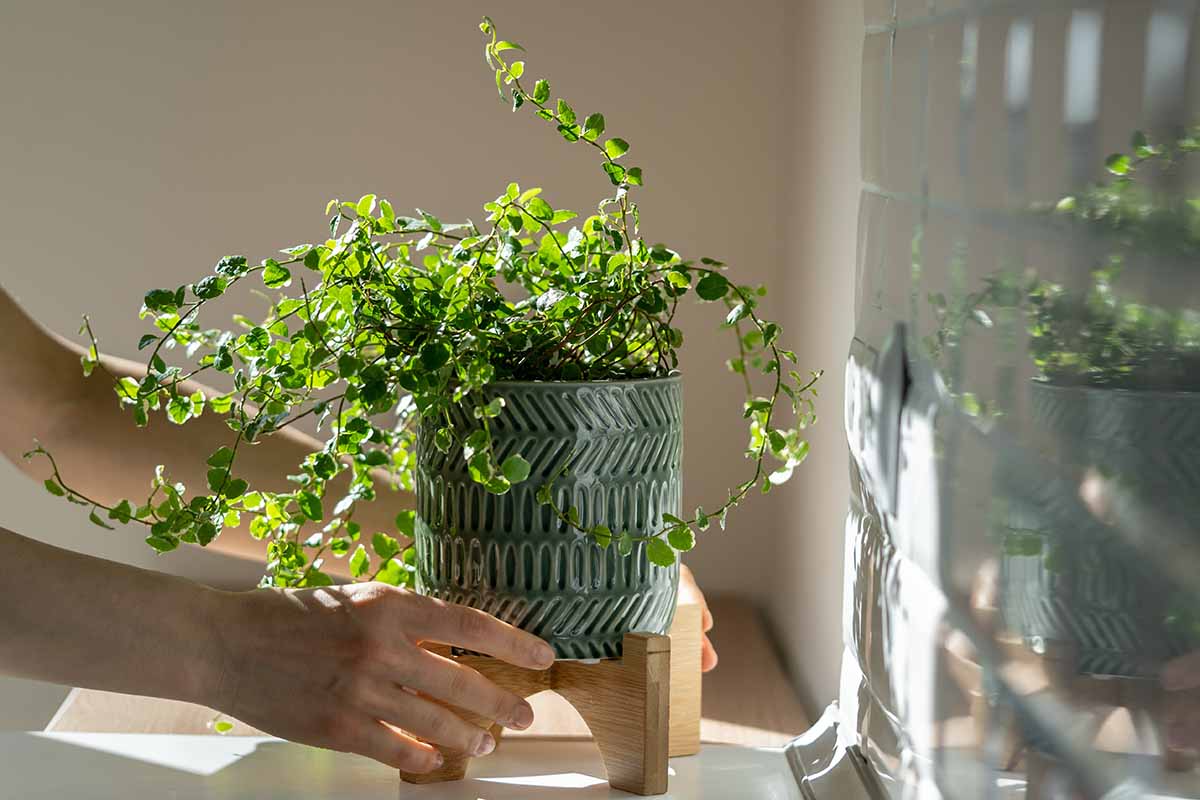

My first expertise with this illness was a fiddle-leaf fig that I overwatered for months prior to I observed what I’d achieved fallacious.
It misplaced half of its leaves and wished some necessary rehab, nonetheless it’s nonetheless with me and lovelier than ever in any case these years.
Nonetheless creeping figs (F. line up), for instance, acquired’t flinch at an excessive amount of water.
Be taught additional about rising ficus crops in our information.
Ivy
Ivy (Ivy helix) isn’t one of the best houseplant to develop, which is ironic given how prolific it’s open air.
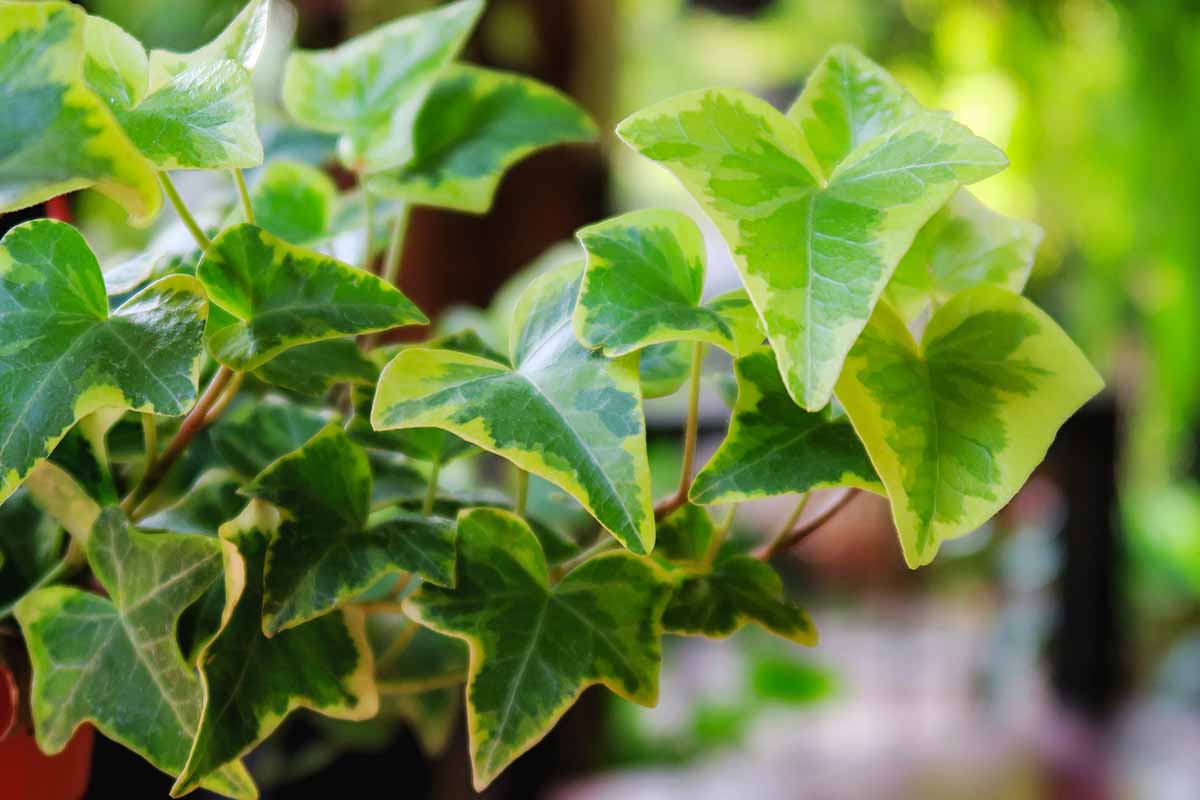

Nonetheless of the whole factors which might make your ivy sad indoors, root rot probably acquired’t be positively thought-about one among them.
In case you’d wish to know additional about uncover methods to develop ivy indoors, try our information.
There’s No Motive to Bear With Root Rot
Root rot might be going one among many additional frequent factors when rising houseplants, however that doesn’t counsel it has to set off hassle in your indoor yard.
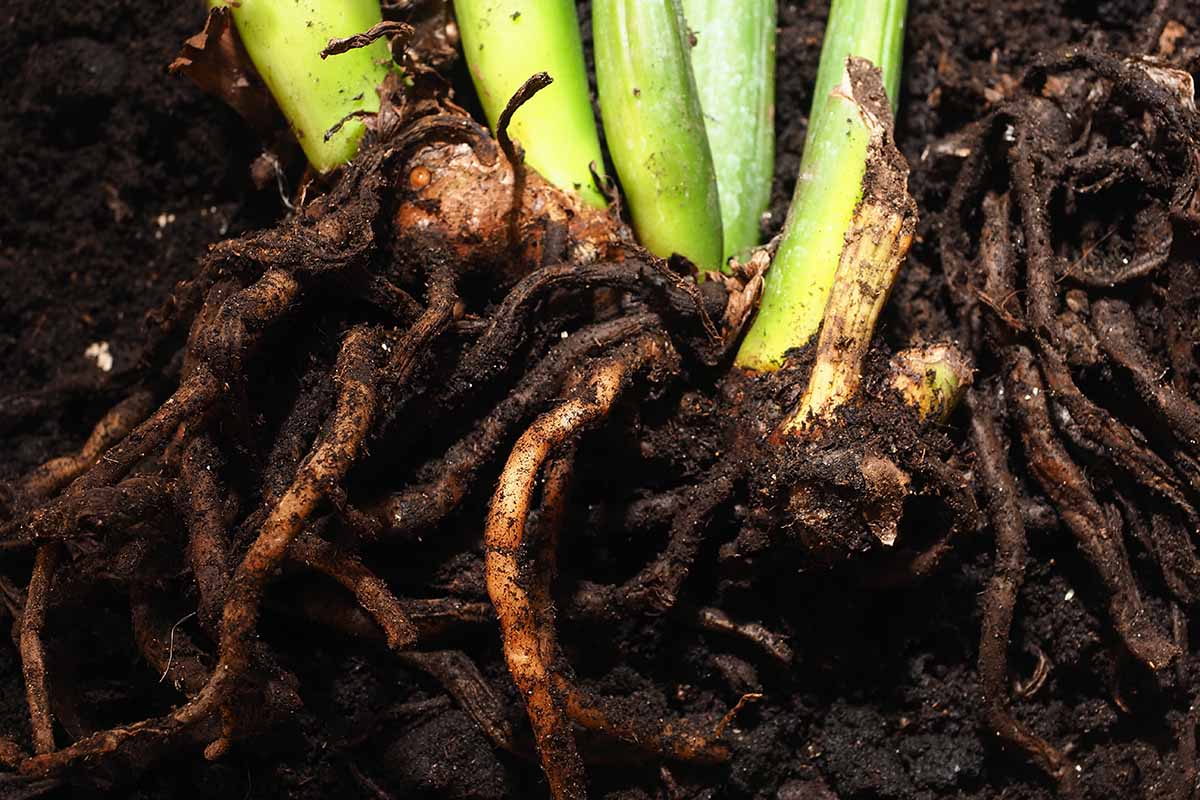

As I mentioned, chances are high you will largely steer clear of root rot do you need to take just a few precautions. Even when it this illness does develop to be a problem, chances are high you will deal with it do you need to catch it early sufficient and save your crops from sure doom.
Are you battling root rot? What indicators are you seeing? Inform us contained in the options half beneath.
And for additional particulars about rising houseplantstry these guides subsequent:

